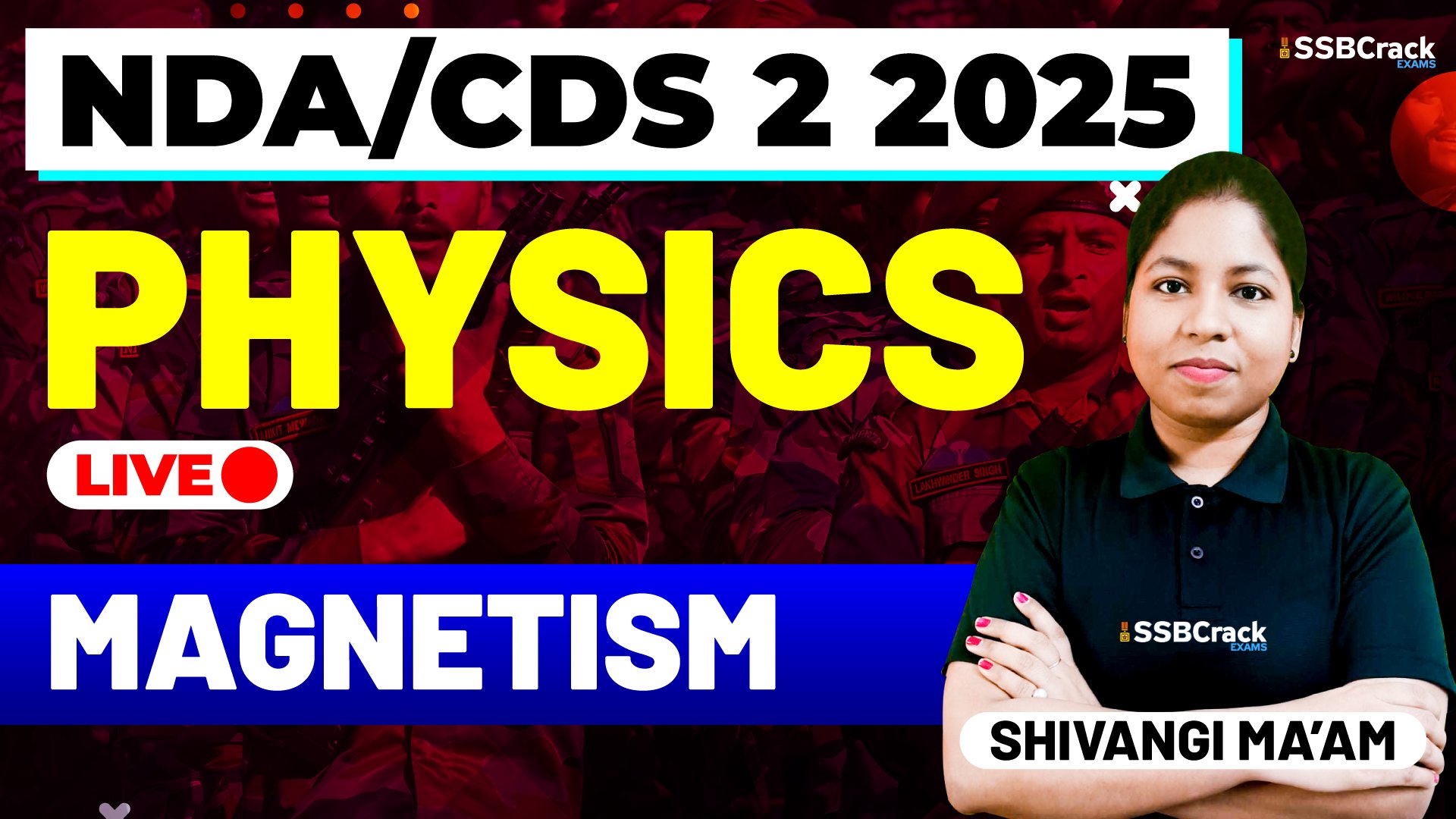Introduction
Magnetism is one of the most fascinating and fundamental phenomena in physics, playing a crucial role in various natural processes and technological applications. For students preparing for NDA and CDS 2025, understanding magnetism is essential, not only for examinations but also for developing a deeper appreciation of how the physical world operates. In today’s class, we explored the core concepts of magnetism, focusing on the magnetic field, the working of a solenoid, and the principles behind AC and DC generators.
Magnetic Field
A magnetic field is the region around a magnetic material or a moving electric charge where the force of magnetism can be observed. In class, we discussed how magnetic field lines represent both the direction and strength of the field, always forming closed loops from the north pole to the south pole of a magnet. We also analyzed how a current-carrying conductor creates a circular magnetic field, as described by the right-hand thumb rule.
Solenoid
We then moved on to solenoids, which are long coils of wire that produce a uniform magnetic field when electric current passes through them. Solenoids are a practical way to create controlled magnetic fields and are used in devices like electromagnets and inductors. In the session, we studied how the strength of the magnetic field inside a solenoid depends on the current, number of turns, and length of the coil.
AC and DC Generators
Finally, we examined the working of generators, devices that convert mechanical energy into electrical energy through electromagnetic induction. We distinguished between AC (Alternating Current) and DC (Direct Current) generators. AC generators produce current that changes direction periodically, making them suitable for power distribution systems, while DC generators produce current in one direction, used in applications like batteries and small electronics. We explored their construction, components like armature and slip rings, and the principle of Faraday’s Law that governs their operation.
Conclusion
Today’s class served as a foundation for understanding magnetism and its practical applications. By studying magnetic fields, solenoids, and generators, students gained insights into both theoretical concepts and real-world technologies. These topics are not only important for NDA and CDS exams but also for building a strong conceptual base in physics. As we continue, the understanding of these principles will help connect the dots between electricity, magnetism, and modern electrical engineering.


















